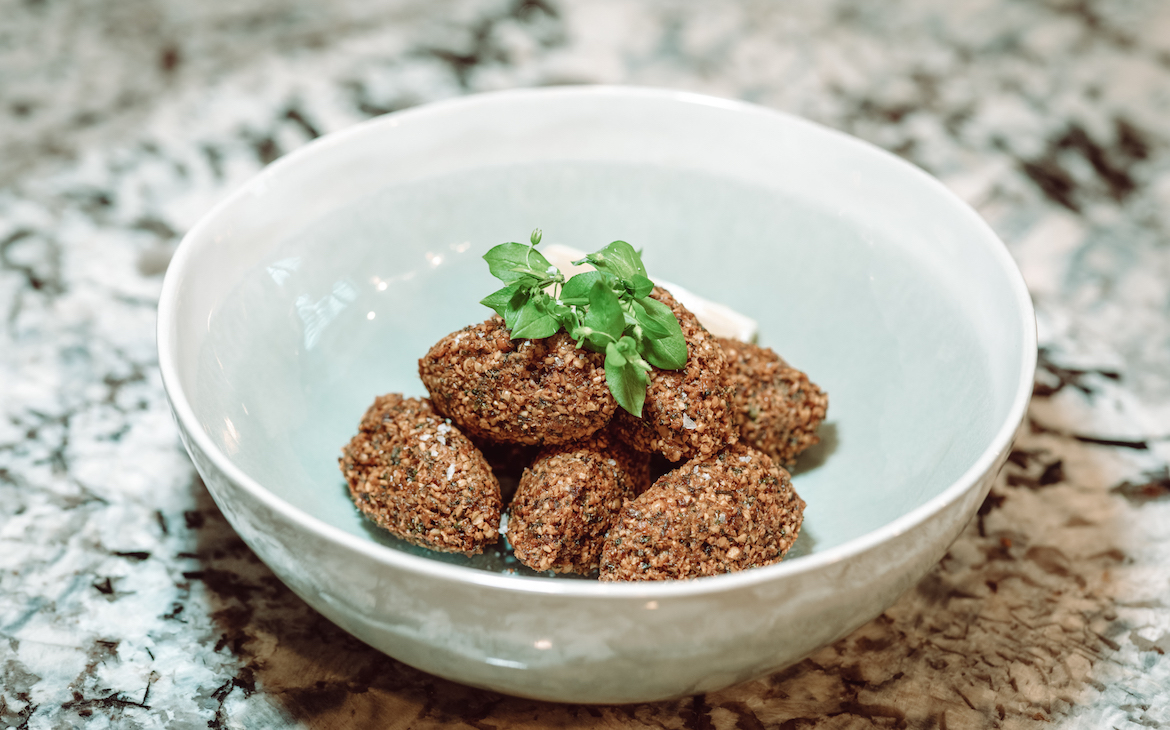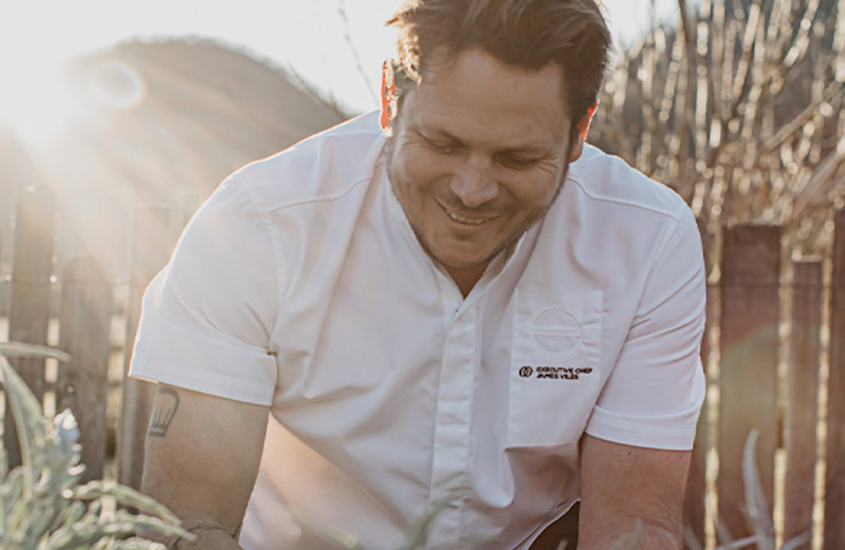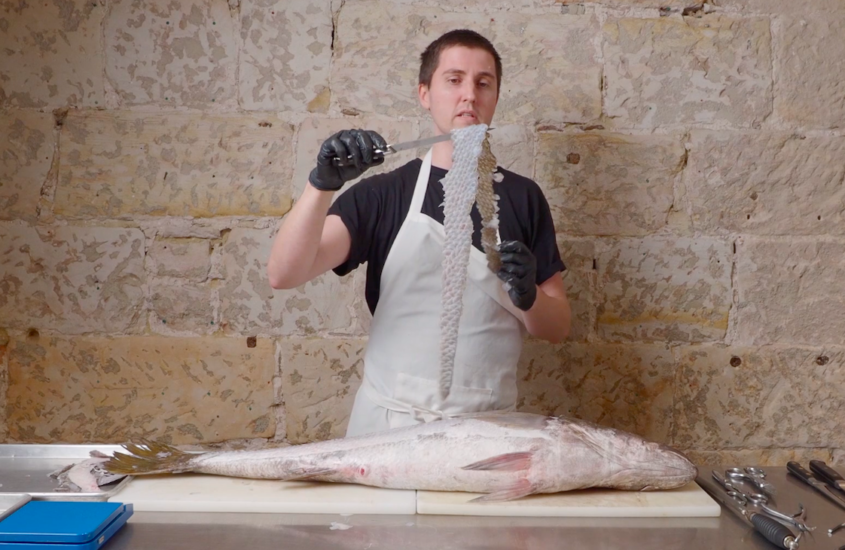By Tiffany Bader:
Falafel are a deep fried patty primarily made with fava beans or chickpeas. They are addictively crispy on the outside with a fluffy and moist interior. Many falafel recipes call for parsley or cilantro to be added to the mix, but I like to substitute whichever foraged greens are in season. Parsley and cilantro or mint will all work very well, but chickweed is growing like gangbusters right now, so I’m using it here to add a great flavour, colour and loads of vitamins to an already super healthy food.
A Note About the Ingredients
Common chickweed is a sprawling plant that prefers cool damp weather. Look for areas of disturbance to find it growing. It has small white flowers, with 5 petals that look like hearts. The petals will almost look like 10 petals because of their deep notching. The leaves are small, green and oval shaped, coming to a pointed tip. When you pull the stem apart, you will find a stretchy inner string.
Another common edible variety is mouse ear chickweed, which looks very similar to the common chickweed variety. Mouse ear chickweed leaves and stems are covered all over with fuzzy hairs, with its leaves resembling mouse ears. This variety is delicious and edible, but most people prepare it cooked due to the unpleasant fuzziness if eaten raw.
You cannot use canned chickpeas for this recipe. Dry chickpeas soaked overnight will ensure that you have a light and fluffy interior of your falafel. Everyone’s chickpeas will be different, which is why I give a quantity of soaked chickpeas for the recipe. Generally speaking though, aim for 1 cup of dried chickpeas to end up being about 3 cups of soaked chickpeas.
I use chickpea flour (aka gram flour or besan), but you can substitute all purpose flour if that’s all you have on hand. It’s important to include the flour (chickpea or all purpose wheat flour) because the chickweed can add a considerable amount of liquid to the mix. The addition of the flour helps ensure that the falafel mix doesn’t break apart when frying.
Before blending the ingredients, make sure to give the larger items (onions, serrano pepper and chickweed) a rough chop to ensure that everything blends together evenly.
I use a blend of canola and non-virgin olive oil for its combination of flavour and higher smoking point, but you can use whatever oil you like, just make sure it has a high smoke point.
Equipment Needed
- Food processor or blender (food processor is preferred)
- Fryer, dutch oven or deep cast iron frying pan
Ingredients
- 3 cup soaked chickpeas (start with 1 cup dried)
- 1/2 cup onion
- 2 cup chickweed (common or mouse ear) well packed into the measuring cup.
- 1 serrano pepper (can use jalapeño or cayenne pepper)
- 3 garlic cloves
- 2 tsp cumin ground
- 1 tsp coriander ground
- 2 tsp salt
- 4 tbsp chickpea or gram flour
- 1 tsp baking soda
Method
Roughly chop the onions, serrano pepper and chickweed. Put all of the ingredients into the food processor and pulse until the mixture resembles very coarse sand. You want some texture to the mix, but not pieces so large that the chickpeas won’t cook completely or so coarse in texture that the mixture will break apart when frying. Take a spatula to stir the mix to make sure that it is mixed thoroughly. If you have a small food processor, you can blend the mix in smaller batches and then combine together in a bowl.
After the ingredients are well chopped in a food processor, set aside the mix to rest in the refrigerator for at least 30 minutes–up to an hour or two is great. This will help the mix hold together when you are frying it.
Pull your falafel mixture out of the refrigerator and shape it into balls or flat patties. If the mixture feels too wet to come together, you can add another teaspoon of chickpea flour. It won’t be like bread dough, so only add a little bit at a time.
I always fry falafel because it ends up crispier and more evenly cooked, but you can shallow fry or even bake them. Heat the oil to 350*F and fry a few at a time until golden brown all over. Don’t overcrowd your fryer or pan as it will drop the temperature of the oil and lead to greasy falafel. They will take about two minutes to cook, depending on how large or small you’ve made them. Once they are done, remove them from the oil and set aside on a cooling rack or on paper towels so the oil can drain off.
You can eat the falafel once cooked with no accompaniments, but they are even better dipped into toum, or other middle eastern dips or sauces. They are also great tucked into a pita with veggies and middle eastern pickles and sauce of your choice.
Enjoy!













